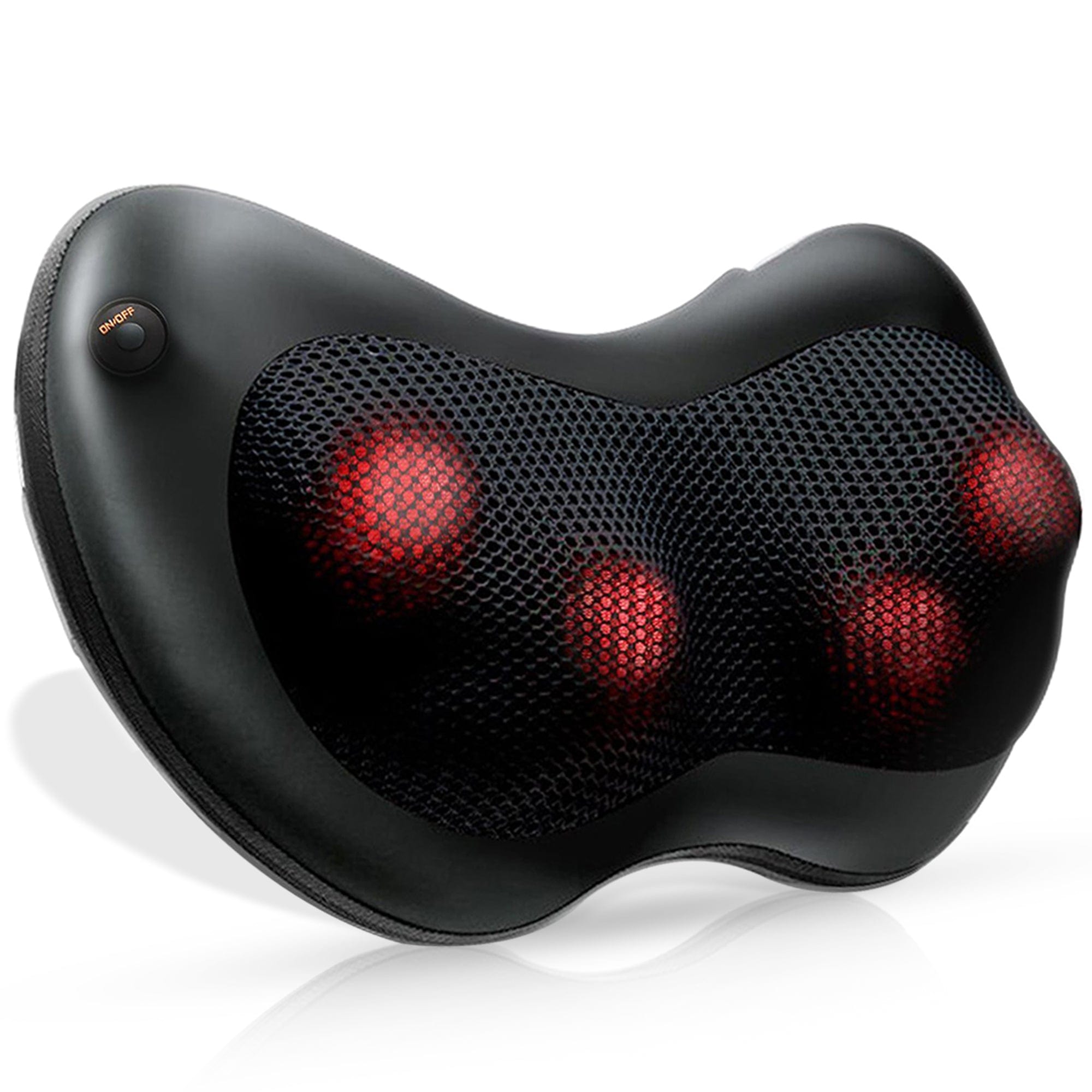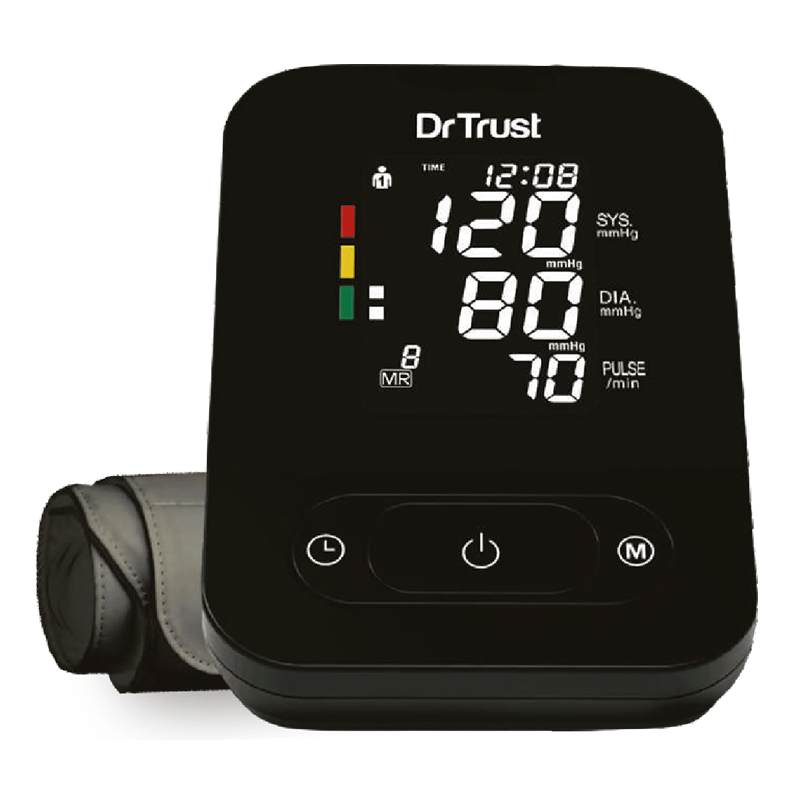Hot and cold therapies are effective in pain management by reducing levels of both lactic acid and muscle soreness. . Each of these therapies has own unique benefits, and relevancy for specific conditions.
Hot and cold treatments are two common therapies used to alleviate pain, reduce swelling, and improve healing for various types of injuries and medical conditions. Each of these treatments has its own unique benefits, and the choice between the two depends on the type of injury or condition being treated. In this article, we will explore the differences between hot and cold treatment, when to use them, and which one is best for specific injuries or conditions.
Hot Treatment
Hot treatment, also known as thermotherapy, involves the use of heat to reduce pain, stiffness, and muscle tension. Heat therapy can be delivered in various forms, such as hot water bottles, heating pads, hot towels, or warm baths. It can also be applied to the body in different ways, such as through direct contact or infrared radiation.

When to Use Hot Treatment
Hot treatment is beneficial for injuries that involve muscle soreness, stiffness, or cramps. It can also be helpful for joint pain, such as arthritis or bursitis. Heat therapy works by increasing blood flow and oxygen to the affected area, which promotes healing and reduces inflammation. Heat therapy can also relax muscles and improve flexibility, making it an excellent option for people with chronic pain or tightness.
Benefits of Hot Treatment
The benefits of hot treatment include:
Pain relief: Heat therapy can alleviate pain by reducing stiffness and promoting blood flow to the affected area.
Muscle relaxation: Heat therapy can help relax muscles, reducing tension and spasms.
Improved flexibility: Heat therapy can improve flexibility and range of motion by loosening tight muscles and reducing stiffness.
Stress relief: Heat therapy can help reduce stress and promote relaxation.
Cold Treatment
Cold treatment, also known as cryotherapy, involves the use of cold temperatures to reduce swelling, inflammation, and pain. Cold therapy can be delivered in various forms, such as ice packs, cold towels, or cold compresses. It can also be applied to the body in different ways, such as through direct contact or cold air exposure.

When to Use Cold Treatment
Cold treatment is beneficial for injuries that involve swelling, inflammation, or acute pain. It can also be helpful for muscle strains, sprains, or bruises. Cold therapy works by constricting blood vessels and reducing blood flow to the affected area, which helps to reduce swelling and inflammation. Cold therapy can also help numb the affected area, reducing pain and discomfort.
Benefits of Cold Treatment
The benefits of cold treatment include:
Reduced swelling: Cold therapy can reduce swelling by constricting blood vessels and reducing blood flow to the affected area.
Pain relief: Cold therapy can help numb the affected area, reducing pain and discomfort.
Reduced inflammation: Cold therapy can reduce inflammation by limiting the release of inflammatory chemicals and enzymes.
Faster healing: Cold therapy can promote faster healing by reducing swelling and inflammation, which can help prevent further damage to the affected area.
Which One is Best?
The choice between hot and cold treatment depends on the type of injury or condition being treated. In general, hot treatment is best for chronic pain or muscle tightness, while cold treatment is best for acute injuries or inflammation. However, there are some exceptions to this rule, and it is always best to consult a healthcare provider before starting any new treatment.
Conclusion
Hot and cold treatments are two effective therapies used to alleviate pain, reduce swelling, and improve healing for various types of injuries and medical conditions. Each of these treatments has its own unique benefits, and the choice between the two depends on the type of injury or condition being treated. Whether you choose hot treatment or cold treatment, it is important to follow the recommended guidelines and consult with a healthcare provider if you have any questions or concerns.















